Crosby
TPF Noob!
- Joined
- Mar 7, 2008
- Messages
- 269
- Reaction score
- 0
- Location
- Arkansas
- Can others edit my Photos
- Photos OK to edit
I am seeing a lot of threads mentioning "fast glass." What does this mean? I know we are talking about lenses.
1) Is it in relation to shutterspeed, aperture size, auto focus, or what?
2) When buying a lens, what specs should I look at to know it is 'fast glass'?
Thanks.
1) Is it in relation to shutterspeed, aperture size, auto focus, or what?
2) When buying a lens, what specs should I look at to know it is 'fast glass'?
Thanks.


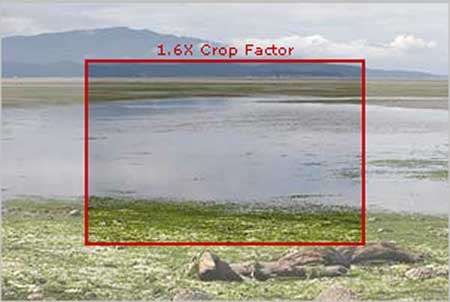
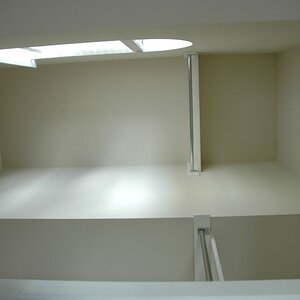
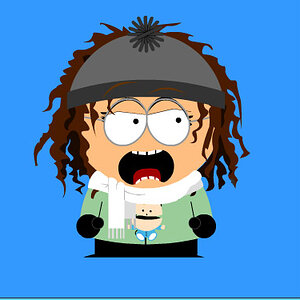
![[No title]](/data/xfmg/thumbnail/36/36667-b3265abf8272f21d759a0abd6a0995c3.jpg?1619737676)
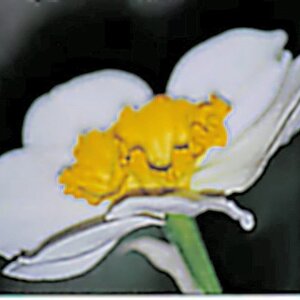
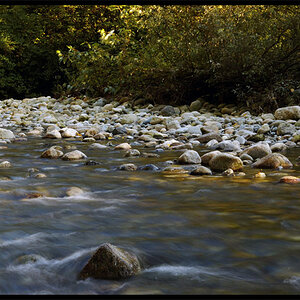

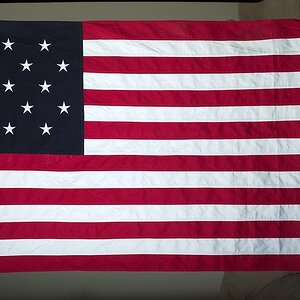
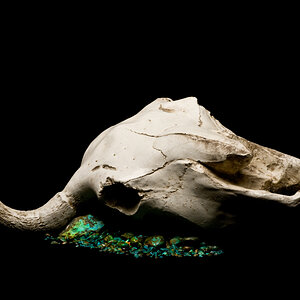
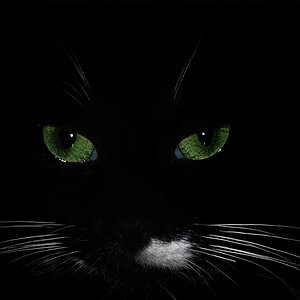

![[No title]](/data/xfmg/thumbnail/34/34061-e097813b3719866d07ff3e78e8119ffa.jpg?1619736258)
